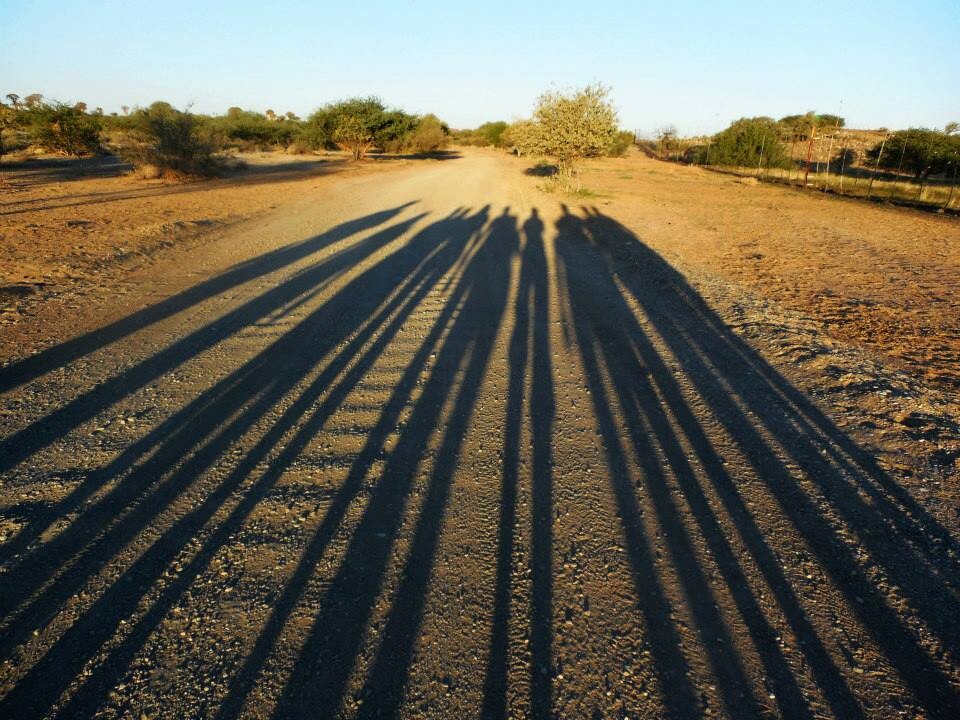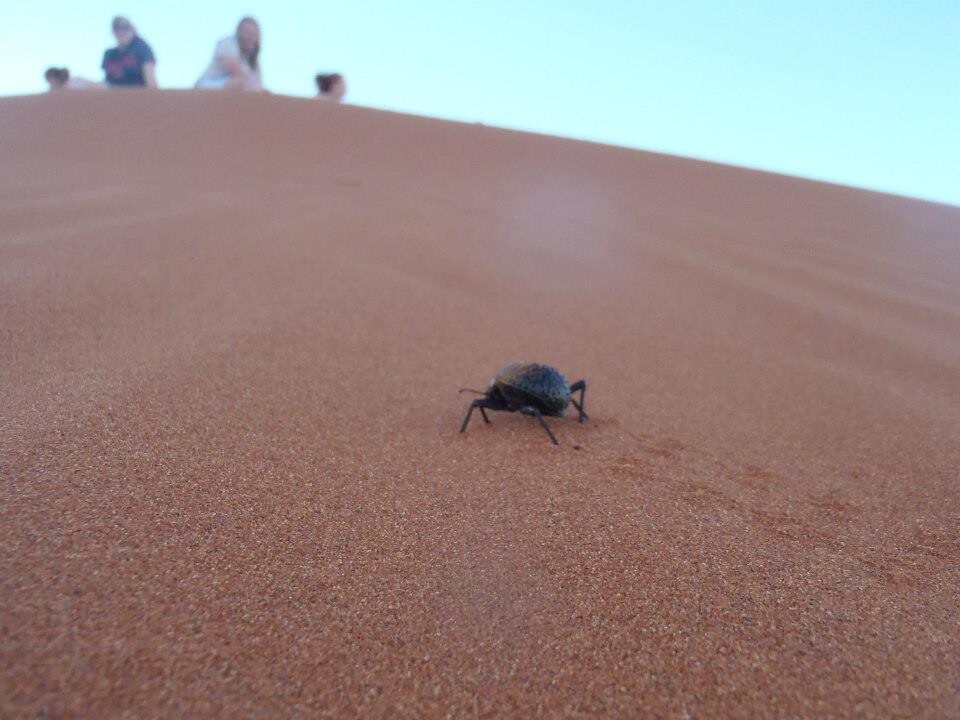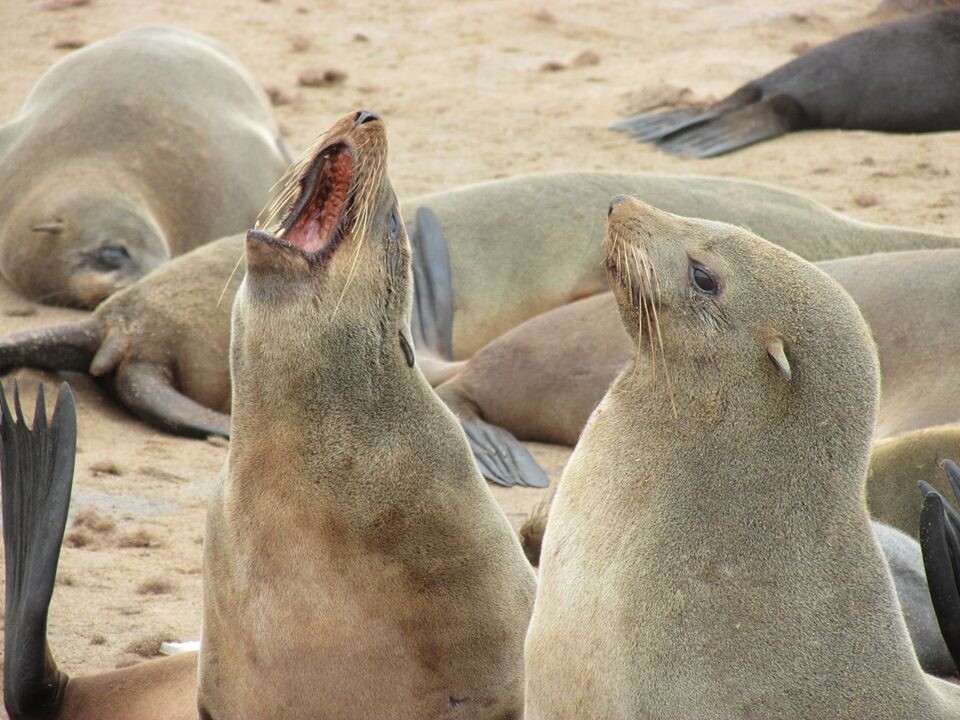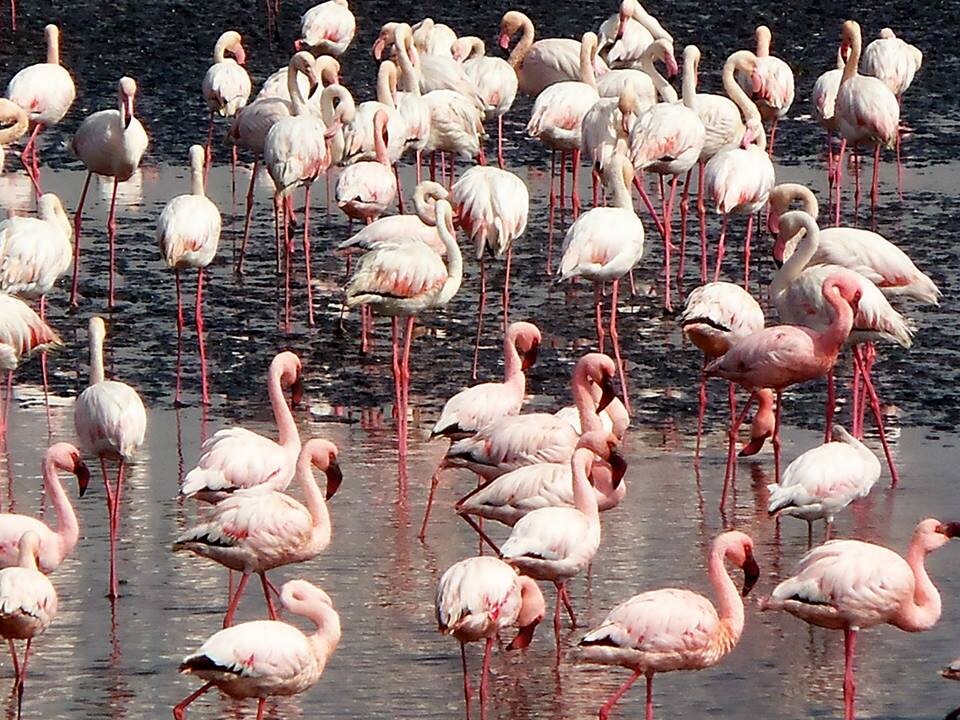
“Gone fishin’” has taken on a whole new meaning for one group of students from the School of Natural Resources.
“My favorite experience was reeling in a seven-and-a-half foot bronze whaler shark off the coast of Swakupmund, Namibia,” said Carly Johns, a senior fisheries and wildlife major.
Alongside fellow students and professors Mark Pegg and Larkin Powell, Johns traveled to Namibia in June to explore the country’s ecosystems.
The three-week trip is an integral part of Pegg and Powell’s course, NRES 492: Southern African Ecology. The course is offered during the first three-week summer session and culminates in the African adventure.
Although students were exposed to a climate similar to what they find in Nebraska, they experienced many different ecosystems — like deserts and coasts — not found in the Cornhusker state.
“Africa was a trip of a lifetime,” Johns said. “The only people I know who have been (to Namibia) are students and faculty who have been on this trip in previous years.”
Pegg has been traveling to Namibia since 2004. After a few years of making connections across the country, he realized that a Namibian study abroad experience would be valuable for SNR students — especially for those eager to get out of their comfort zones.
“I’ve been a vegetarian (for) almost four years, and I ate kudu, crocodile and zebra,” said Vivian Nguyen, a junior environmental studies major.
Monica Casey, a senior fisheries and wildlife major, said that studying in Africa made her realize that the world is large and diverse.
“Studying abroad is like daring yourself to fall in love with places other than what you’re familiar with,” Casey said. “I always had a notion in my head of what Africa was like, and it wasn’t a great a one. After spending three weeks there, I was already trying to figure out ways that I could go back.”
The students kept journals during the trip and created photo essays to illustrate the essence of the Namibian locations they visited. Michael Forsberg, a well-known Nebraska photographer, met with the students before the trip with tips to create a visual story of their journey.
At Etosha National Park, students saw elephants, zebras and other large animals. Along the Namibian coast, they went on a tour where seals jumped onto the boat as a wayward gray whale from the northern hemispheres swam in the harbor.
“This was a unique thing (because) gray whales are not normally found there, and there was only one,” said Powell, professor of conservation biology and animal ecology. “It was the first reported gray whale in the southern hemisphere, I believe. Very odd — but we saw it on our tour.”
The students’ photo essay projects were on display through Aug. 30 in the first floor lobby of Hardin Hall.
“I feel blessed that I have had this opportunity and I hope I am lucky enough to get the opportunity to go to Africa again in my future,” Johns said. “I left Africa with many memories that I will never forget.”













